Ancient Egyptian religion was deeply intertwined with mythology, forming the backbone of their cultural, political, and spiritual life. The myths and deities of ancient Egypt provided explanations for natural phenomena, societal norms, and the afterlife, shaping the civilization’s worldview. This article delves into the intricate role of mythology in ancient Egyptian religion, exploring the pantheon of gods, creation myths, the afterlife, and the influence of mythology on daily life.
The Pantheon of Egyptian Gods and Goddesses
Major Deities
Ancient Egypt’s religious beliefs revolved around a complex system of gods and goddesses, each embodying different aspects of life and the universe. Some of the major deities included:
- Ra: The sun god, considered the king of all gods and the creator of the world.

Ra, the sun god, was the most important deity in ancient Egyptian religion. He was believed to travel across the sky in his solar barque during the day and pass through the underworld at night, where he was reborn each morning. Ra represented light, warmth, and growth, and he was often depicted with a falcon head adorned with a solar disk encircled by a cobra.
- Osiris: The god of the afterlife, resurrection, and fertility.

Osiris, the god of the afterlife, resurrection, and fertility, was a central figure in Egyptian mythology. He was considered the king of the underworld and the judge of the dead. Osiris was depicted as a mummified king holding a crook and flail, symbols of kingship and fertility. His death and resurrection were key themes in Egyptian religious thought, symbolizing the cycle of life, death, and rebirth.
- Isis: Goddess of magic, motherhood, and fertility, and wife of Osiris.
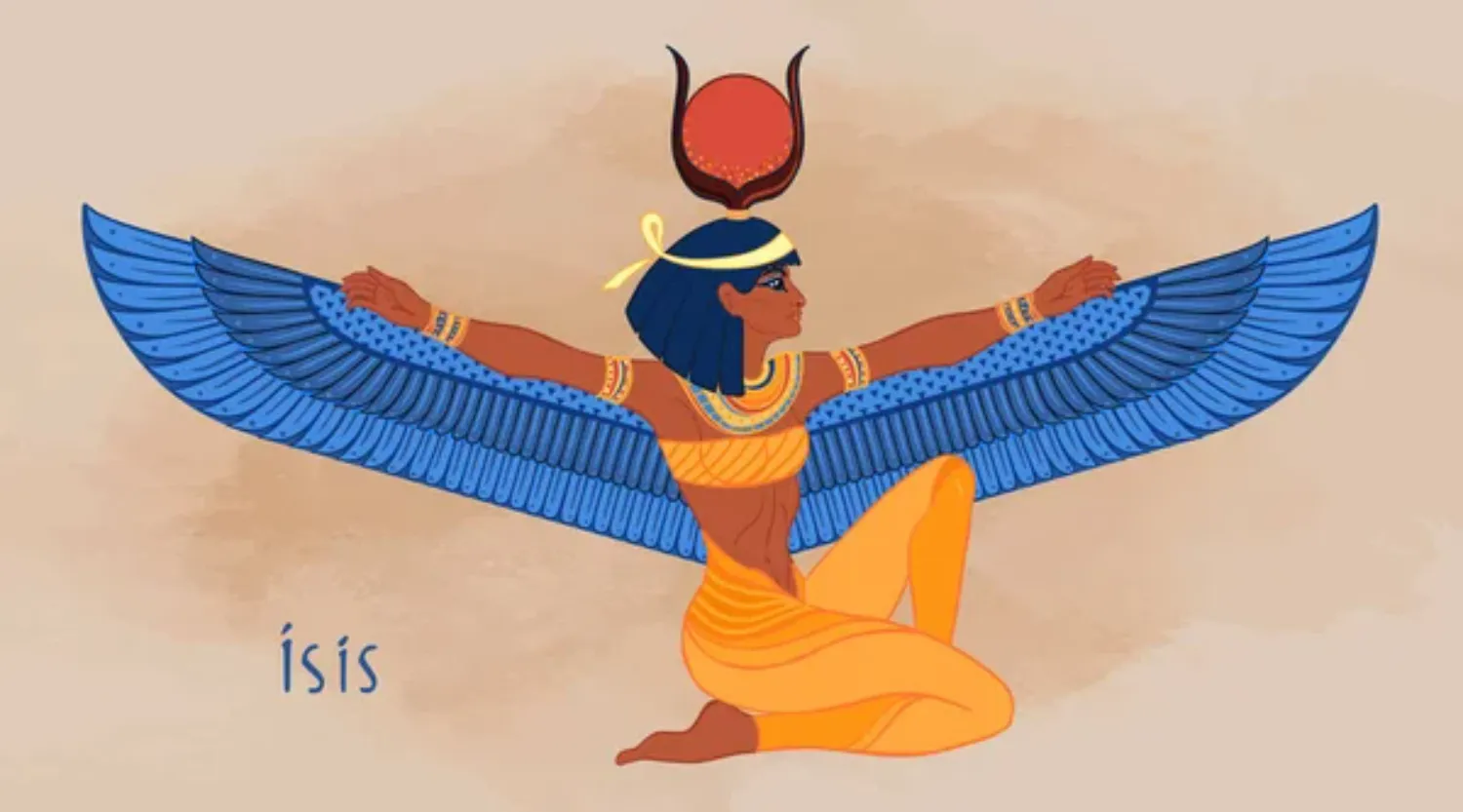
Isis, the goddess of magic, motherhood, and fertility, was revered for her protective and nurturing qualities. She was the wife of Osiris and the mother of Horus. Isis was often depicted with a throne-shaped headdress or holding her son Horus. She played a crucial role in the resurrection of Osiris and was considered a powerful sorceress and healer.
- Horus: The sky god, often depicted as a falcon, and the son of Osiris and Isis.
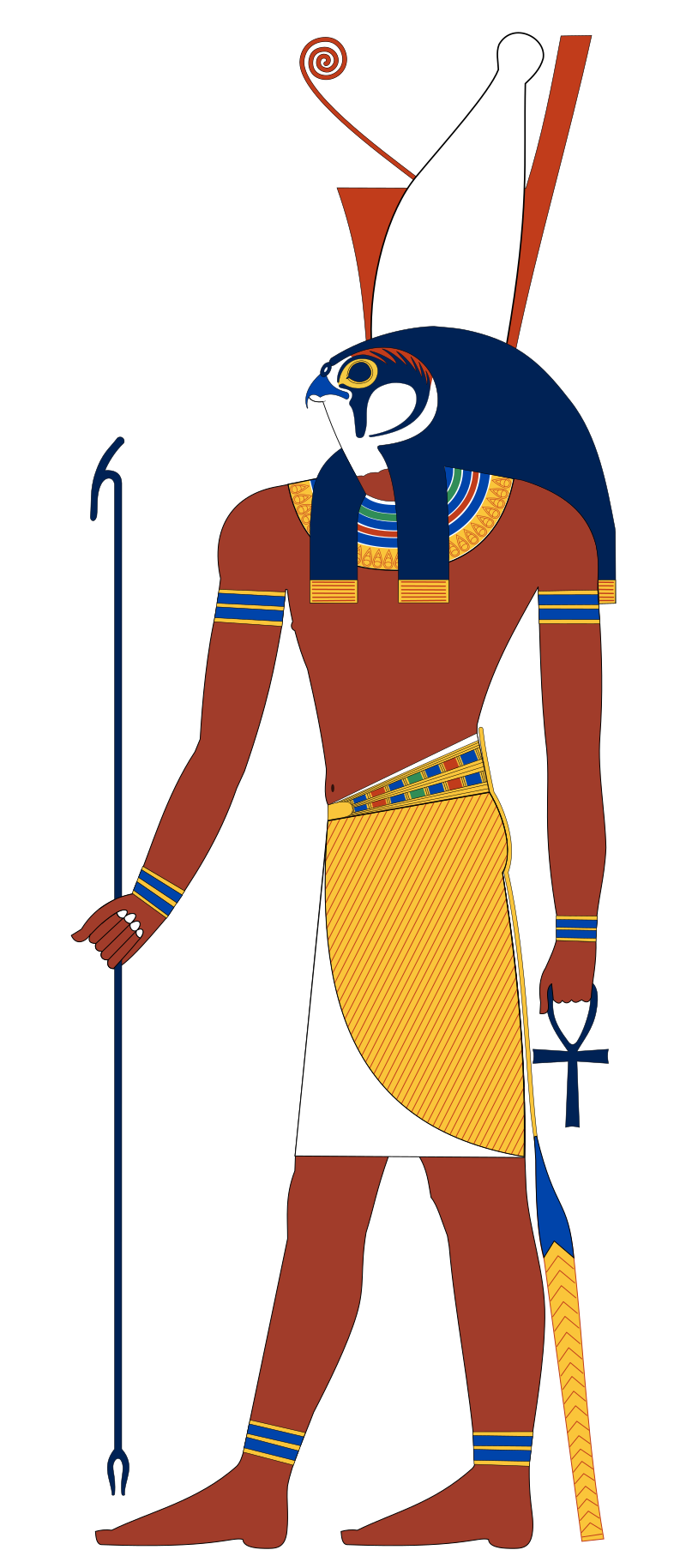
Horus, the sky god, was associated with the sun and the moon. He was the son of Osiris and Isis and was often depicted as a falcon or a man with a falcon head. Horus was the protector of the pharaoh and symbolized kingship and divine order. His battles with Seth, the god of chaos, represented the struggle between order and disorder.
- Anubis: The god of mummification and the afterlife, protector of graves.
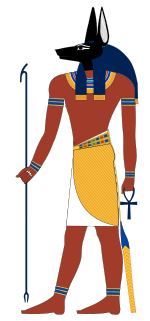
Anubis, the god of mummification and the afterlife, was responsible for guiding souls to the afterlife and protecting graves. He was depicted as a man with a jackal head or as a full jackal. Anubis played a key role in the embalming process and the weighing of the heart ceremony, determining the fate of the deceased in the afterlife.
Lesser Deities and Spirits
Besides the major gods, there were numerous lesser deities and spirits associated with specific aspects of daily life and natural elements, such as:
- Thoth: God of writing, knowledge, and wisdom.

Thoth, the god of writing, knowledge, and wisdom, was associated with the moon and was believed to be the inventor of writing and the scribe of the gods. He was depicted as a man with the head of an ibis or a baboon. Thoth was the patron of scribes and played a crucial role in maintaining the balance of the universe through his knowledge and wisdom.
- Ma’at: Goddess of truth, justice, and harmony.

Ma’at, the goddess of truth, justice, and harmony, personified the fundamental order of the universe. She was depicted as a woman with an ostrich feather on her head. The concept of Ma’at was central to Egyptian society, emphasizing balance, law, and morality. Pharaohs were expected to uphold Ma’at, ensuring harmony and stability in the kingdom.
- Bastet: Goddess of home, fertility, and childbirth, often depicted as a lioness or domestic cat.

Bastet, the goddess of home, fertility, and childbirth, was initially depicted as a lioness but later as a domestic cat. She was considered a protective deity, safeguarding homes and families. Bastet also had a dual nature, embodying both nurturing and fierce qualities. Festivals in her honor, such as the Feast of Bubastis, were celebrated with music, dance, and revelry.
- Hathor
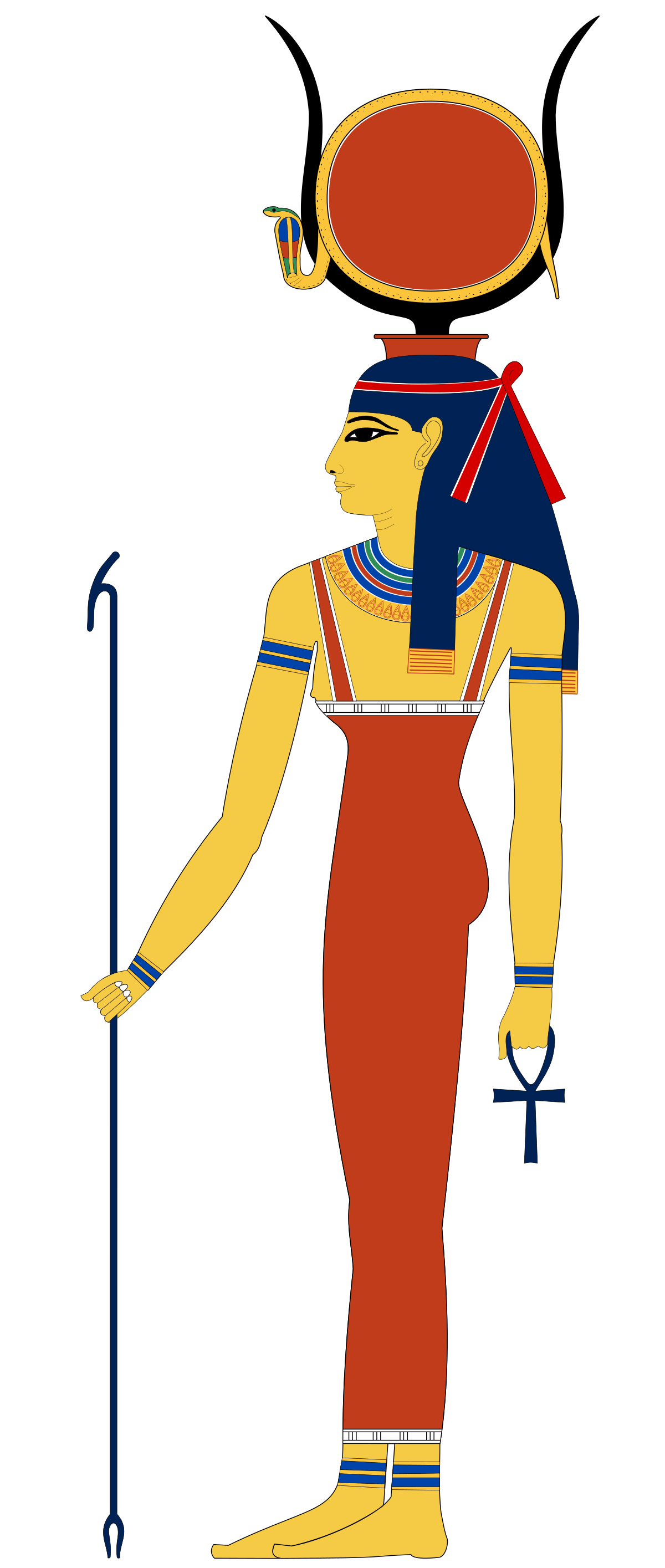
Hathor, the goddess of love, beauty, music, and joy, was often depicted as a cow or a woman with cow horns and a solar disk. She was associated with motherhood and fertility, and her worship involved music and dance. Hathor was also the goddess of foreign lands and trade, and she was believed to assist in childbirth and nurture the dead in the afterlife.
- Sekhmet
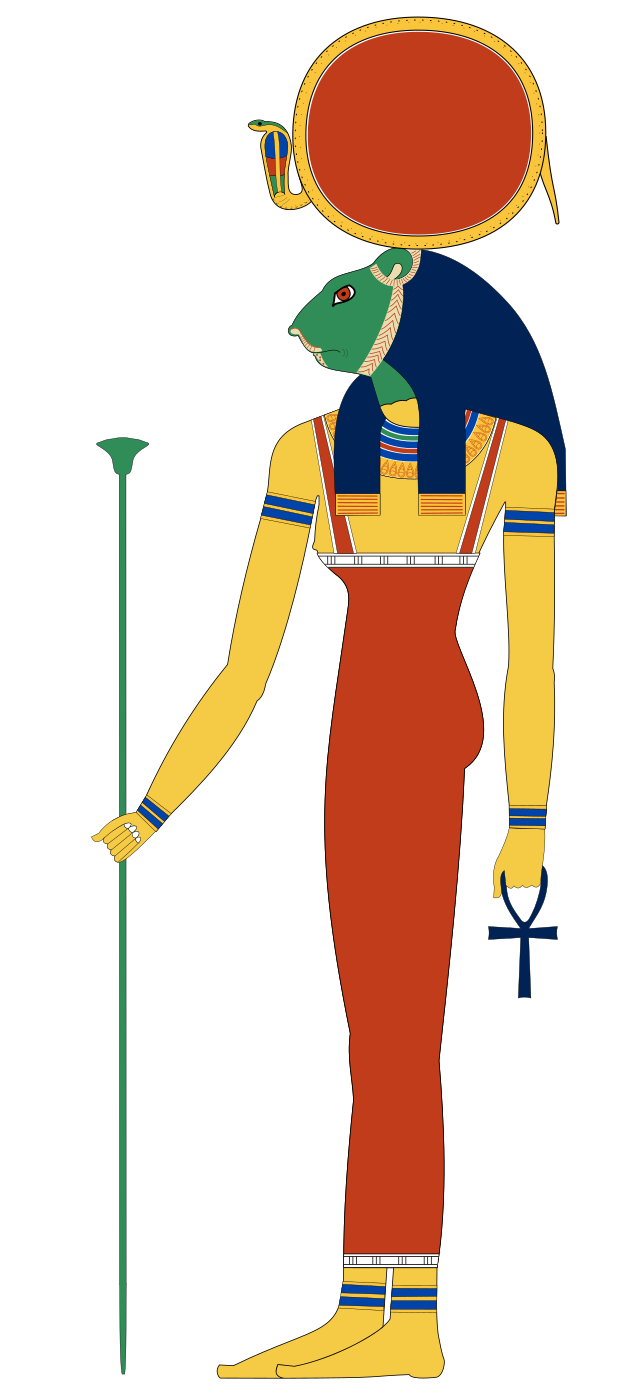
Sekhmet, the lioness goddess of war, destruction, and healing, was a fierce protector of the pharaohs. She was depicted as a woman with a lioness head, often holding a scepter and ankh. Sekhmet’s wrath could cause plagues, but she also had a healing aspect, and her priests were skilled in medicine. Festivals were held to appease her destructive nature and invoke her protective powers.
Creation Myths
The Heliopolitan Creation Myth
One of the most prominent creation myths originated from Heliopolis and involved the god Atum, who created himself from the primordial waters of chaos (Nun). Atum then gave birth to Shu (air) and Tefnut (moisture), who in turn produced Geb (earth) and Nut (sky). This lineage continued with Osiris, Isis, Seth, and Nephthys, forming the Ennead, the nine primary gods worshipped in Heliopolis.
The Memphite Theology
Another significant creation myth centered around Ptah, the god of craftsmen and architects. According to Memphite theology, Ptah created the world through the power of his heart and tongue, envisioning and speaking it into existence. This myth highlights the importance of intellectual and creative forces in Egyptian thought.
The Hermopolitan Ogdoad
In Hermopolis, the creation myth featured the Ogdoad, a group of eight primordial deities representing the chaos before creation. These gods included Nun and Naunet (water), Amun and Amaunet (air), Kuk and Kauket (darkness), and Huh and Hauhet (infinity). Their interactions led to the birth of the sun god Ra, who then brought order to the cosmos.
Also check: Legends of Hestia
The Afterlife and Mythology
The Journey of the Soul
Egyptian mythology provided a detailed account of the journey of the soul after death. This journey was fraught with challenges and trials, culminating in the weighing of the heart ceremony presided over by Osiris. The heart of the deceased was weighed against the feather of Ma’at, representing truth and justice. A heart lighter than the feather ensured entry into the eternal paradise known as the Field of Reeds.
The Role of Funerary Texts
Funerary texts such as the Pyramid Texts, Coffin Texts, and the Book of the Dead were rich in mythological content. These texts contained spells, prayers, and rituals to guide the deceased through the afterlife, ensuring protection and successful rebirth. They emphasized the importance of mythological knowledge and ritual precision in achieving immortality.
Also check: The Kraken
Mythology in Daily Life
Religious Practices and Temples
Mythology permeated daily life through religious practices and temple rituals. Temples were considered the homes of gods, and priests performed daily rituals to honor and appease them. Festivals and processions reenacted mythological events, reinforcing the gods’ presence and power in the community.
Personal Piety and Household Worship
Ordinary Egyptians also engaged in personal piety, invoking gods for protection, health, and prosperity. Household shrines and amulets featuring deities like Bes and Taweret, protectors of the home and family, were common.
Mythological Influence on Art and Literature
Egyptian art and literature were steeped in mythological themes, depicting gods, mythical creatures, and scenes from sacred stories. These works served both decorative and didactic purposes, conveying religious beliefs and moral lessons.
Mythology was integral to ancient Egyptian religion, providing a framework for understanding the world and the divine. It shaped the Egyptians’ conception of creation, the afterlife, and their daily practices. Through a complex pantheon of gods, rich creation myths, and detailed funerary texts, mythology offered a coherent system that connected the human, natural, and divine realms. The enduring legacy of Egyptian mythology continues to fascinate and inspire, reflecting the profound and timeless nature of these ancient beliefs.
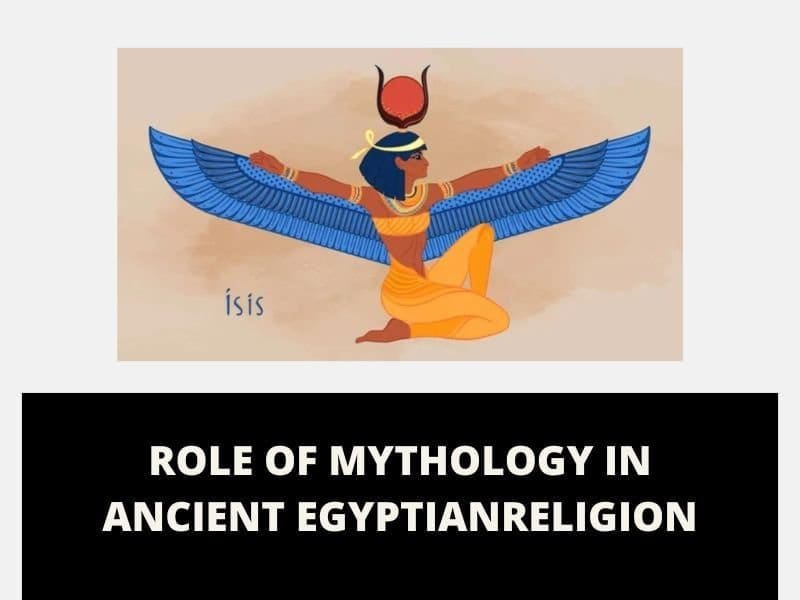

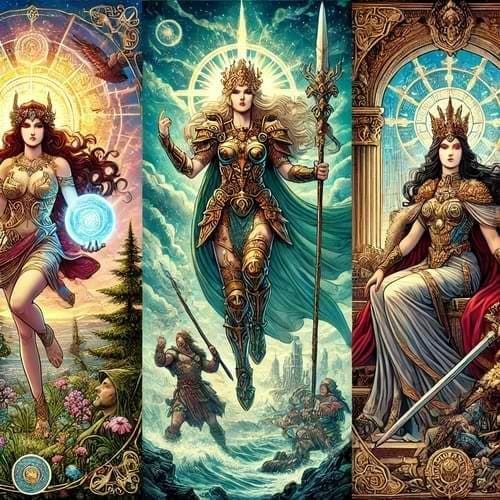

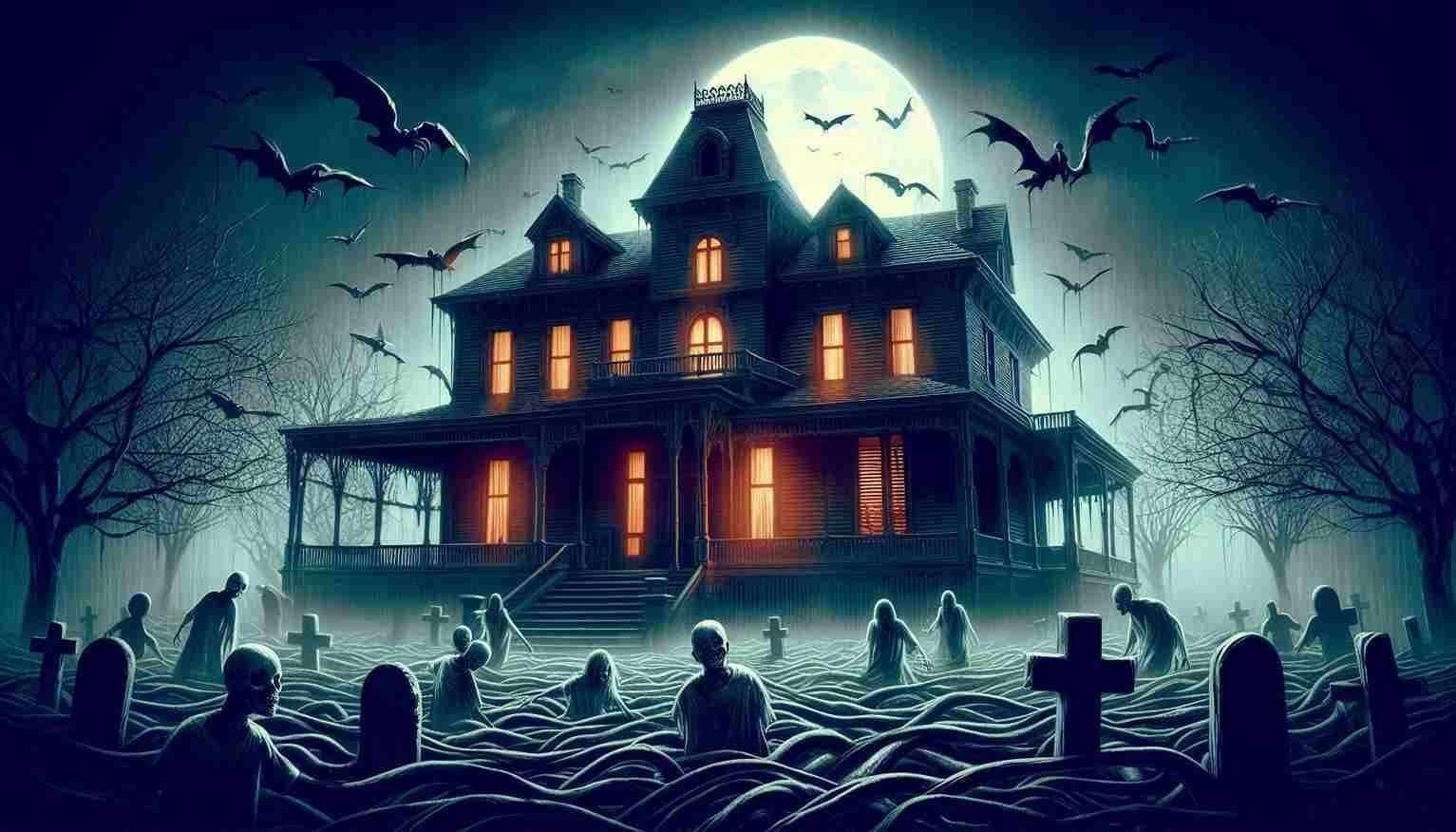

Leave a Reply